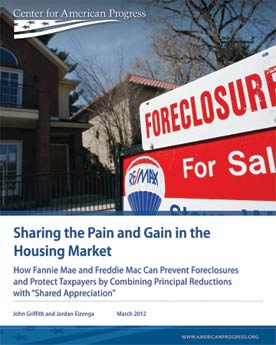
Photo by Schaffner, CC BY-NC-ND
Cities are growing again, with young people increasingly interested in moving to more walkable communities. And it’s not just traditionally hot market cities that are gaining. Newark, New Jersey, for example, gained population for the first time in more than 60 years. Albeit, it wasn’t much: the city added around 4,000 people since the turn of the century. Downtown Cleveland’s population nearly doubled between 1990 and 2010, according to the Urban Institute, even though the city as a whole still lost population.
“We’re starting to realize as a society that it costs too much to sustain our previous development patterns,” says Tim Evans, research director at New Jersey Future, a statewide smart growth organization. “Developers will tell you the same thing: urban centers large and small are emerging as long-term desirable goals where people don’t have to be as dependent on the car.”
What are the implications for those who have been long working to revitalize those same urban areas, for the benefit of their existing residents? More interest has good and bad sides. As the National Housing Trust’s Michael Bodaken wrote about in Shelterforce last fall, rental markets near transit hubs are already tightening and affordable housing in those locations is in jeopardy.
Given these long-term trends, it may be high time for preservation of existing affordable housing, permanent affordability measures, and other anti-displacement work to get shuffled to the top of our priority lists.




Comments